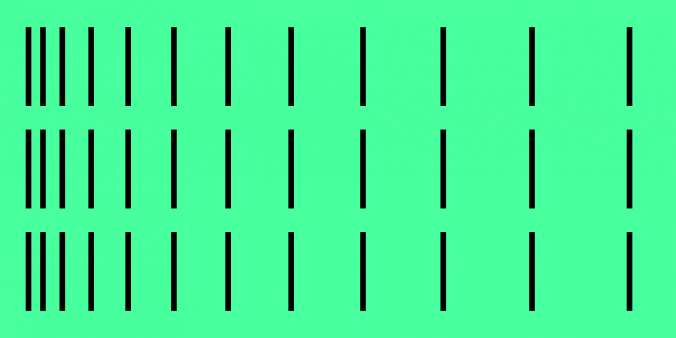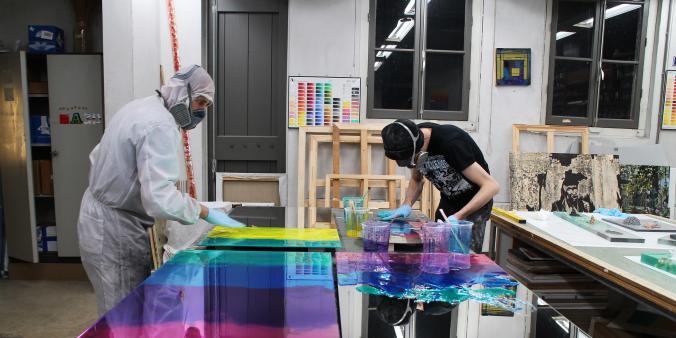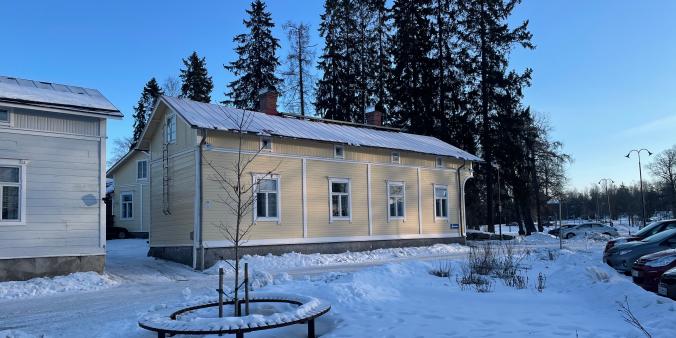Types of residency programmes
Many different artist-in-residence models exist. Each artist-in-residence model is subject to change, and each program is modeled by the ways in which it is offered and by the ways in which it is used. A most general division can be made between:
- AiR's that offer space and time without any condition. You may focus on contemplation, research, creative inquiry, process, experiment without any tangible outcome.
- AiR's that ask for a tangible outcome: an artwork, an exhibition, a project, a workshop, a collaboration, a specific assignment.
This is only a general division. There are different profiles and models, ranging from short-term, nomadic residency projects to long-term residencies connected to companies, museums, research institutes and universities. Some residencies are embedded in a social community to which the visiting artists are required to commit themselves. Others thrive exactly because of the opposite reason: offering retreat from social obligations. Different disciplines also require their own, specific way of use and offer of the residency concept.
Models in Flux
This rich diversity of AiR models is in itself in flux. Existing residencies take up new strategies. Old models and strategies may reinvent themselves. Some AiR's don't refer anymore to the artistic domain, as it happens that it is used for other domains: business(wo)men-in-residence or even politicians-in-residence.
The concept is even no longer necessarily attached to geographical mobility. Artists also want to go now in residencies in their own environment. They can experience difference there and be challenged in working in a social, cultural, or professional contexts they're not familiar with. As Odile Chenal, former director of the European Cultural Foundation, once said: "In fact 'otherness' can be, in distance, very close!"
Recently a strong connection develops between research and residency, in which the content of the research guides and defines the residency, so as to stimulate larger frameworks of research among peers internationally.
What to make then of the term artist-in-residence?
We use the term artist-in-residence in a generous way, so that its use matches with the variation of its meanings and practices. This is the way DutchCulture|TransArtists has approached and still approaches the phenomenon. In doing so we are able to function as an antenna: following new developments, searching for new meanings and uses of the AiR-concept to be explored, and to be made accessible. At the same time, we are well aware of the risk of deflation of the term.
Do we include any project or situation, which happens to be mentioned artist-in-residence? NO.
Although each definition is debatable, the elements which constitute artist-in-residence are not that vague, they are in fact basic for most residencies and don't raise any questions concerning their status as artist-in-residence.
- an organized opportunity for artists to stay and work elsewhere.
- temporary time and space.
- the host is 'stable', the guests vary in time.
- an effort by the host to sustain the opportunity offered.
- the residency functions in some relation to the domain of the arts, in the widest sense.
There are opportunities, which are generally included in the concept, but in fact seem not to offer one of the fundamental aspects of artist-in-residence:
- a studio is offered, but no accommodation, for instance the Rijksakademie in Amsterdam.
- accommodation is offered, but no studio, for instance the apartment by RaumArs in Finland.
In general the following opportunities are felt to be outside the concept of artist-in-residence, although there are exceptions:
- accommodation for commercial purposes only: hotel, B&B, etc.
- education or workshops without an organized relation between the host and the guest.
- projects for which artists do have to travel elsewhere, but for which there is no relation between the project and staying elsewhere.
Looking for more information to define a residency for yourself ?
For some more types of residency programmes and description of new trends in the residency phenomenon, we advise you to have a look at the Policy Handbook on Artists' Residencies (OMC working group of the European Commission, December 2014). Experts from 24 European member states have tried to identify certain residency models to help policy-makers, funders, but also organisations and artists to understand better what 'residencies' can cover. Read specifically p. 13-32 in this pdf.




